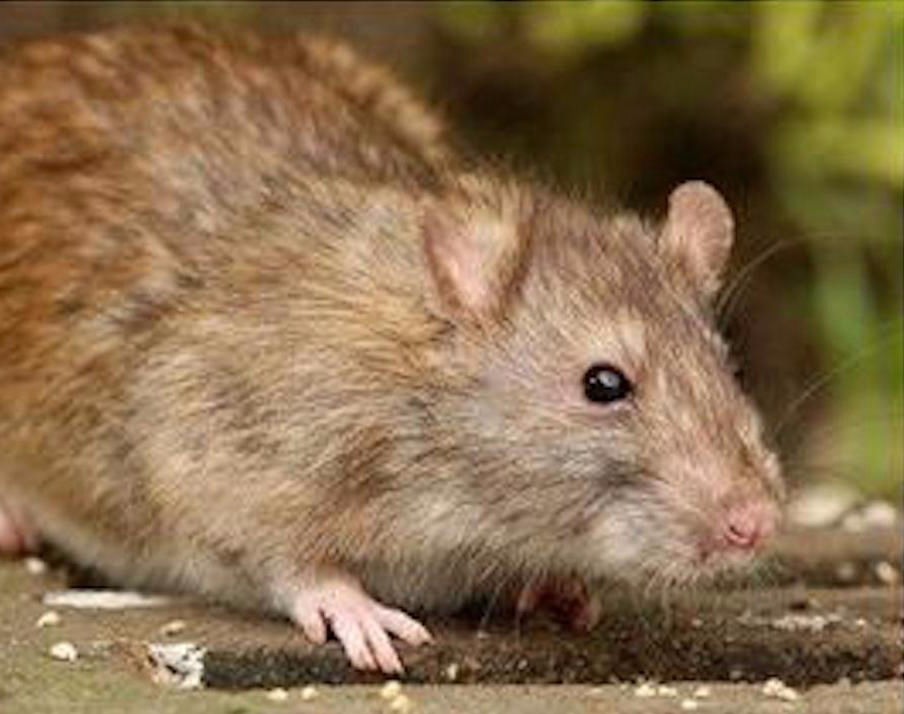Corporate Office:
20 Corporate Park Drive, Suite 150
Pembroke MA 02359
Cambridge, MA Office:
2534 Massachusetts Ave,
Cambridge, MA 02140
June 23, 2025

You mop the floors, take out the trash, and keep your kitchen spotless — yet you’ve seen strange noises in the walls or droppings in the attic. You’re probably asking:
“Can rats really get into a clean home?”
Yes — and it happens more often than you’d think.
At Secured Environments Pest and Wildlife Services, we help homeowners across Rhode Island deal with rodent issues in homes that are tidy, organized, and well-maintained.
Here’s why rats can (and do) invade even the cleanest spaces — and what you can do about it.
Rats aren’t just looking for food — they’re also looking for:
Even if there’s no mess or food on the floor, your home’s structure alone can be appealing to a rodent — especially during colder months or rainy seasons.
Clean homes still have structural vulnerabilities. If those aren’t sealed, rats can get in — even if the pantry is spotless.
You may not leave food out, but rats have a keen sense of smell.
They can detect:
Even small traces can attract them — and once they’re in, they’ll explore the whole house.
A clean interior doesn't always mean a rodent-proof exterior. Rats often live in:
From there, they can sneak into your home through foundation cracks or utility entry points — often unnoticed until it’s a full infestation.
Schedule a professional inspection if you hear noises or find signs of activity
At Secured Environments Pest and Wildlife Services, we offer comprehensive rodent inspections, humane removal, and long-term exclusion solutions to protect your home — no matter how clean it is.